Drinking water from the sea
Amid a historic drought, could desalination be the answer to water shortages in California and the Southwest?
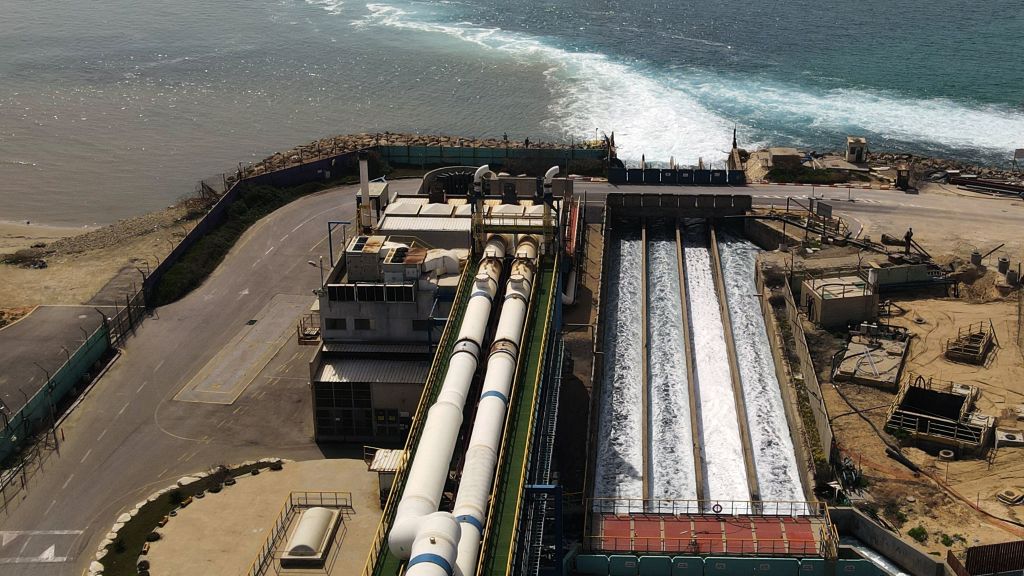
Amid a historic drought, could desalination be the answer to water shortages in California and the Southwest? Here's everything you need to know:
Why consider desalination?
Along the Colorado River and its tributaries, climate change is spurring the worst drought in 1,200 years. The river's water flow has decreased by about 20 percent in the last 23 years, endangering water supplies to about 40 million people in seven states and to 5 million acres of agriculture. The Bureau of Reclamation has asked the seven states — Arizona, California, Colorado, Nevada, New Mexico, Utah, and Wyoming — to consider how to cut their share of the river's water by up to 30 percent this year. In Arizona, drought is combining with a population boom to create particularly dire water shortages, limiting further development and leading Scottsdale to cut off water supplies to a neighboring community beyond its borders. Among the solutions under consideration, desalination — the process of removing salt from saline water — is emerging as a top contender. In December, Arizona's water finance board advanced a proposal for a $5.5 billion desalination plant in Mexico's Sea of Cortez. After being desalinated, the water would be pumped 200 miles north in a pipeline, crossing the southern border to deliver water to drought-stricken regions.
How does desalination work?
There are two kinds of desalination. In the Middle East, which produces almost half of the globe's desalinated water, plants use thermal desalination, in which heat creates water vapor that condenses into freshwater. But about 60 percent of the world's desalination plants use membrane desalination, also known as reverse osmosis. In this process, salt is filtered out of the saline water when it's pushed through a semipermeable membrane with tiny pores.
The Week
Escape your echo chamber. Get the facts behind the news, plus analysis from multiple perspectives.

Sign up for The Week's Free Newsletters
From our morning news briefing to a weekly Good News Newsletter, get the best of The Week delivered directly to your inbox.
From our morning news briefing to a weekly Good News Newsletter, get the best of The Week delivered directly to your inbox.
Where is desalination already happening?
Desert nations have been relying on desalination for years, with Saudi Arabia housing the world's largest desalination plant, which supplies about half its drinking water. About 42 percent of water in the United Arab Emirates is desalinated, as is about 60 percent of Qatar's water. In Israel, five plants desalinate water from the Mediterranean Sea, accounting for almost all of the country's tap water. North African nations are also looking at desalination to combat water scarcity. Egypt hopes to build 17 new plants in the next five years, quadrupling its desalination capacity, and Morocco plans to open six new plants in Casablanca this year.
Are there any plants in the U.S.?
Yes. California has 14 seawater plants and 23 plants for brackish water, which comes from sources like rivers and aqueducts that are less salty than seawater but are still undrinkable without treatment. The Carlsbad plant in San Diego is the largest in the Western Hemisphere and produces about 10 percent of the city's drinking water. "Desalination is a partial solution to water scarcity," said Manzoor Qadir, an environmental scientist at United Nations University. "In the next five to 10 years, you'll see more and more desalination plants."
What's the catch?
It's very expensive. Desalination plants require a huge amount of energy. With thermal desalination, energy can account for up to half of a plant's total production costs. Reverse osmosis is less energy intensive, but treating water with a high saline content still requires significant energy because water must be mechanically forced through the membrane. As more regions start to rely on desalination, using water from brackish inland sources may require building additional infrastructure to treat this water if it is polluted, before it can be desalinated. Disposing of the excess salty brine that desalination produces is also pricey. The first phase of the Arizona plan, which could bring about 300,000 acre-feet of water to Arizona in a single pipeline by 2027, could cost up to $1 billion a year. That would be enough to supply a million or more Arizona households, but at a cost at least 40 times higher than current supplies. "No one can value the cost of water," said Erez Hoter-Ishay, manager of the team developing the project. "When you don't have water, you don't have growth, you don't have life."
But are there other downsides?
Desalination has a major environmental impact. For every liter of drinking water, desalination produces 1.6 liters of brine; when released back into the sea, this highly saline by-product can destroy marine life. A 2019 survey found that globally, desalination plants produce about 5 billion cubic feet of brine every day. Then there's the energy required to run the plants, which largely comes from fossil fuels and generates greenhouse gas emissions. Engineers plan to use more renewable energy in some future plants, but that will require additional construction costs and better battery technology. In the Arizona proposal, the plant would pump brine back into the Sea of Cortez, while the pipeline transporting water from Mexico to the U.S. would cut through Organ Pipe Cactus National Monument, an international biosphere reserve. Desalination advocates "think the ocean can sustain the damage," said Susan Jordan of the California Coastal Protection Network. "But over 50 years, the ocean cannot sustain the damage."
A free daily email with the biggest news stories of the day – and the best features from TheWeek.com
Political and logistical hurdles
The Arizona plan is far from a done deal. Both the U.S. and Mexico need to approve the project. Financed in part by Goldman Sachs, it's led by an Israeli company called IDE Technologies that has built desalination plants around the world. But the speed at which this plan is progressing has surprised members of the state water finance board, a newly expanded group that had only met three times before its unanimous December vote to move forward with studying this project. Giving a green light to IDE would require a commitment from Arizona to purchase the water for 100 years, even at times when it's not needed. "I'm sorry, but this reeks of backroom deals," said Democratic state Sen. Lisa Otondo. The plan also needs to pass a federal environmental review, and environmental activists say they will fight it. Margaret Wilder, professor of human and environmental geography at the University of Arizona, said approving this plan will only lead to "much more unsustainable development in the desert in the future."
This article was first published in the latest issue of The Week magazine. If you want to read more like it, you can try six risk-free issues of the magazine here.
-
 How climate change is affecting Christmas
How climate change is affecting ChristmasThe Explainer There may be a slim chance of future white Christmases
-
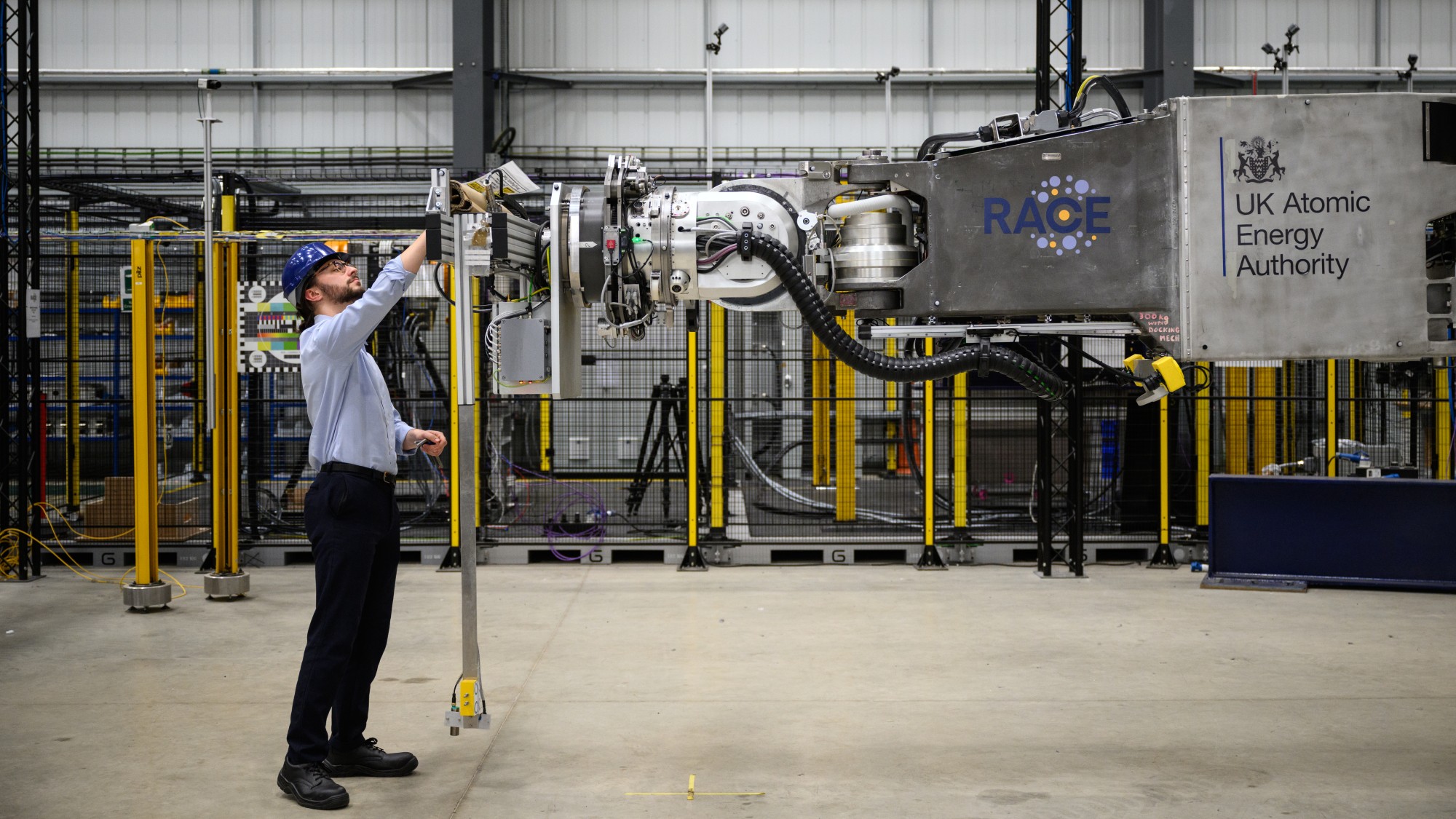 Why scientists are attempting nuclear fusion
Why scientists are attempting nuclear fusionThe Explainer Harnessing the reaction that powers the stars could offer a potentially unlimited source of carbon-free energy, and the race is hotting up
-
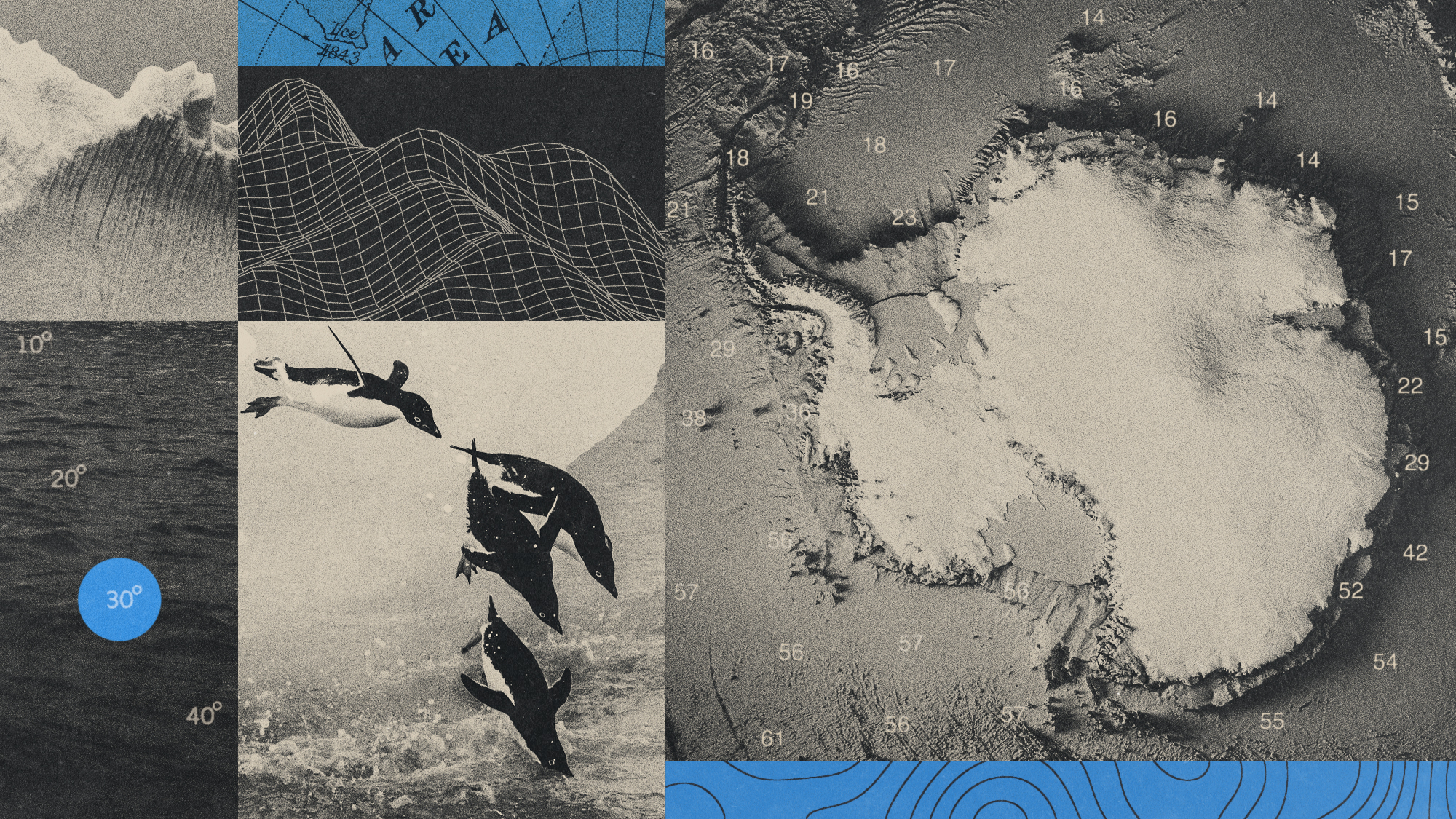 Canyons under the Antarctic have deep impacts
Canyons under the Antarctic have deep impactsUnder the radar Submarine canyons could be affecting the climate more than previously thought
-
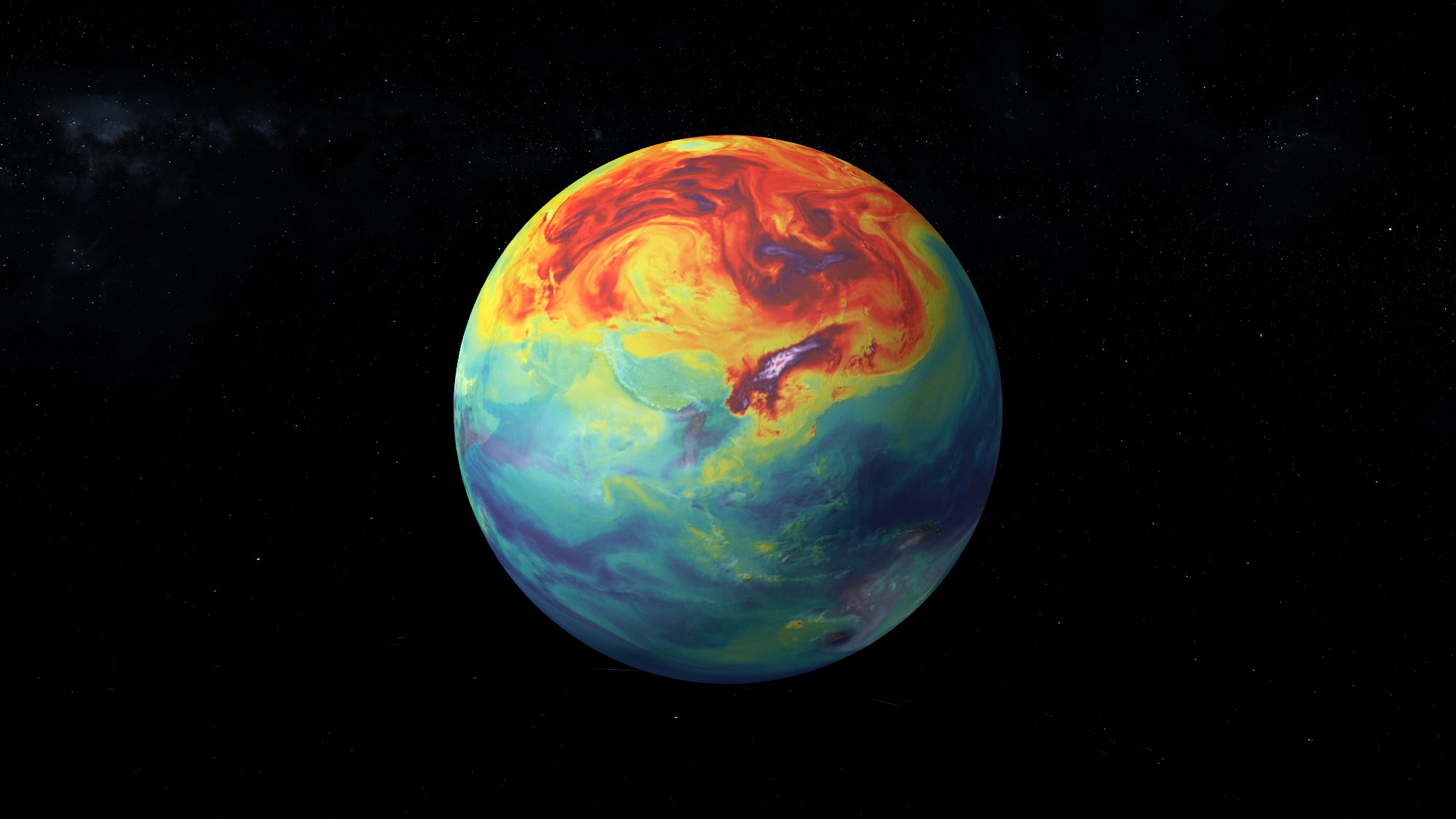 NASA is moving away from tracking climate change
NASA is moving away from tracking climate changeThe Explainer Climate missions could be going dark
-
 What would happen to Earth if humans went extinct?
What would happen to Earth if humans went extinct?The Explainer Human extinction could potentially give rise to new species and climates
-
 Bacteria can turn plastic waste into a painkiller
Bacteria can turn plastic waste into a painkillerUnder the radar The process could be a solution to plastic pollution
-
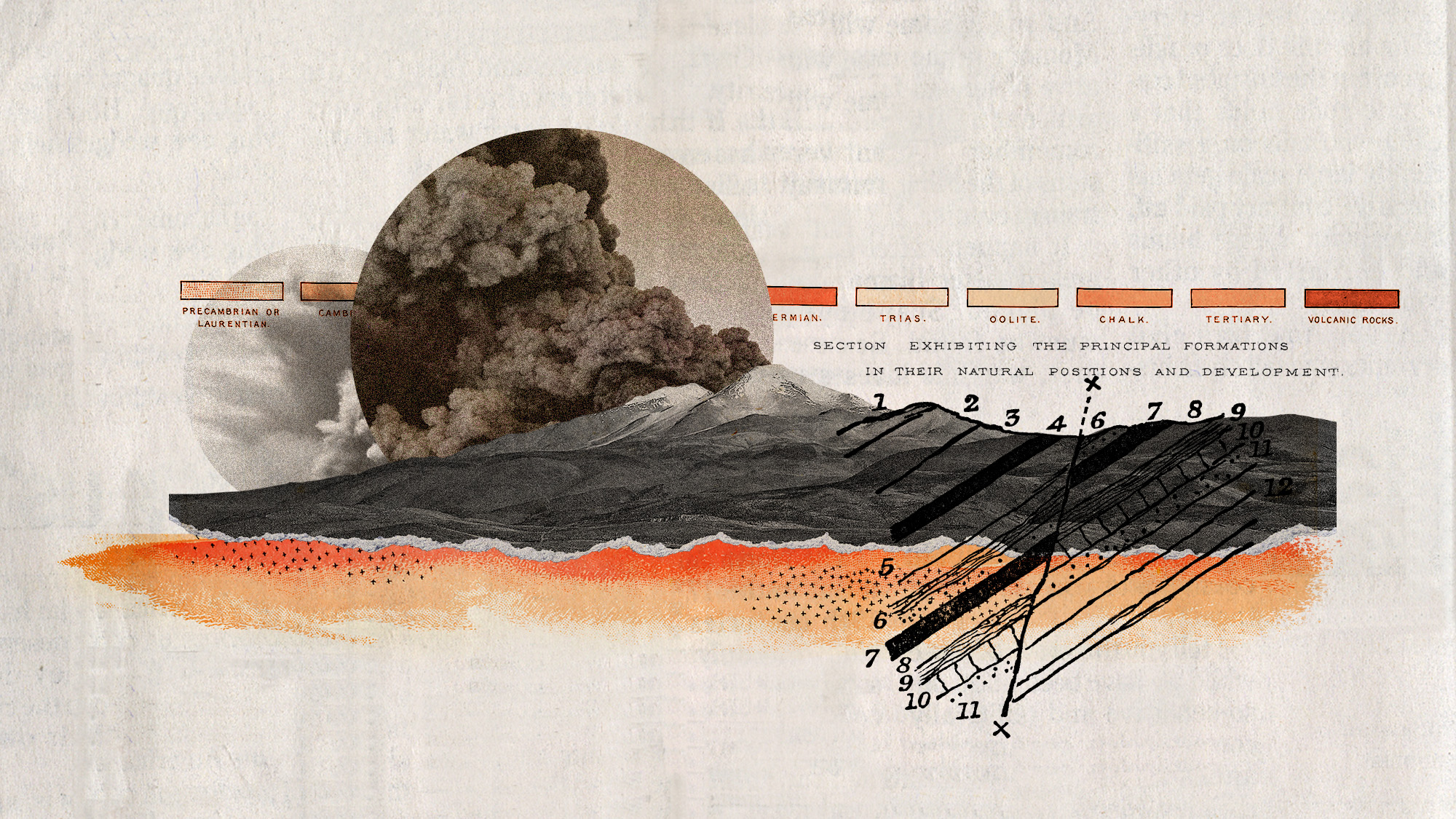 A zombie volcano is coming back to life, but there is no need to worry just yet
A zombie volcano is coming back to life, but there is no need to worry just yetUnder the radar Uturuncu's seismic activity is the result of a hydrothermal system
-
 'Bioelectric bacteria on steroids' could aid in pollutant cleanup and energy renewal
'Bioelectric bacteria on steroids' could aid in pollutant cleanup and energy renewalUnder the radar The new species is sparking hope for environmental efforts


